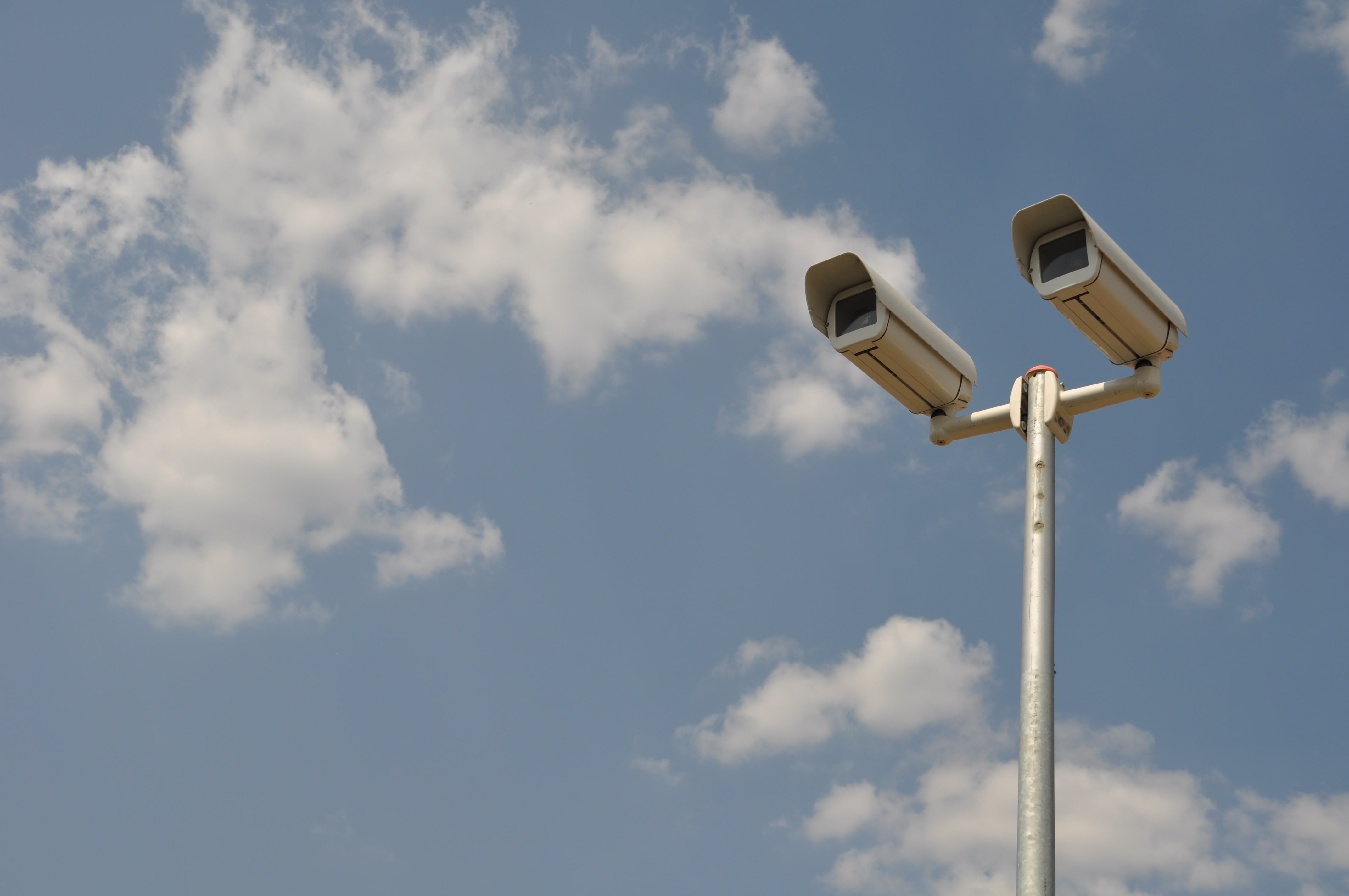Technology, in particular broadband internet service, can be an important tool to build stronger communities. This includes new or improved services to streamline daily operations, improve public safety, and encourage economic development.
Tarana Wireless is partnering with municipalities to bring new services and opportunities through next-generation fixed wireless access (also known as ngFWA). A new white paper discusses how ngFWA can aid municipalities to meet their broadband needs faster without sacrificing performance.
Next-Generation Municipal Services
High-speed broadband is an invaluable tool for municipalities that can put even small communities on par with larger cities, in terms of infrastructure and capabilities.
This includes:
- Public works (parks, waste/water, public pools, parking, transportation centers, etc.).
- Mobile broadband capacity for events, festivals, neighborhood days.
- Video surveillance and monitoring of key infrastructure such as utilities, traffic, and public works.
- Intelligent traffic system sensors for traffic control and optimization at highway or street level.
- License plate scanning.
- Enhanced public safety with mobile response unit data and video support.
- 3D modeling for incident analysis and public planning.
- Smart meter reading.

Municipal Broadband
High-speed broadband attracts and retains residents and businesses alike, and offers opportunity through services such as:
- Telemedicine (see a doctor more quickly and conveniently from a computer rather than long drives for in-person visits).
- Distance learning (primary, secondary, and college students can study and do homework remotely.
- Economic development for small businesses with new markets via online sales and marketing.
- Remote work at home.
- Stream video and read email.
- Virtual reality immersion.

Municipalities looking to deploy residential broadband have a choice of technologies. Selecting the right solution is critical to ensure funds are used wisely and to greatest effect.
Technology Choice Matters
New networks typically use fiber, wireless, or a combination of both. Fiber is often seen as a preferred technology due to its faster speeds, however it can be expensive and time-consuming to deploy. Next-generation wireless can be less than 30% of the cost of fiber and take months rather than years to deploy. This paper and blog discuss the costs in terms of both time and money to deploy fiber versus wireless.
Wireless offers speedy deployments due to the fact that it does not require trenching to bury fiber in the ground. This also makes it easier to overcome difficult terrain and requires less permitting. A wireless radio tower can immediately begin servicing locations for many miles around it once installed — where fiber can only service locations one at a time, as the fiber is brought to each location. When locations are miles apart, this can take a long time.
Downsides to wireless have traditionally been due to older wireless equipment that may offer slower speeds (1 – 50 Mbps), may have difficulty when a service location is not directly visible to the tower (known as non-line-of-sight), and may be susceptible to interference from other, nearby radios such as on the tower or in buildings. New advances in wireless technology, known as next-generation fixed wireless, have overcome these obstacles and can deliver gigabit speeds – even over non-line-of-sight paths and in the presence of interference – without sacrificing the rapid deployment for which wireless is known.
Next-Generation Wireless for Better Broadband
Tarana is the performance leader in next-generation wireless access, powered by a number of industry firsts and well-proven breakthroughs that allow municipalities to rapidly deploy networks that would not have been possible with previous legacy wireless systems, or taken years to build with fiber. We do this by taking a fresh, clean sheet approach that re-imagines the meaning of high-performance broadband communications.
Our Gigabit 1 (G1) platform comprises base node (BN) radios that are mounted on towers or other assets similar to cellular networks, which then communicate with remote nodes (RNs) mounted on the sides or rooftops of the municipal service location, home, school, community center, or business. All hardware is managed via cloud-based management software called Tarana Cloud Suite (TCS).
Summary
At Tarana, we believe there is a role for both fiber and wireless within a broadband network. Fiber is an excellent choice for backhaul or very close locations, while wireless represents a cost-effective way to rapidly deliver high-quality, last mile, gigabit speeds over a large area. This is crucial to the timely roll out of municipal services where residents and departments expect their needs to be met in months rather than years. Together, fiber and wireless technologies can help municipalities achieve their broadband goals at affordable economics to connect communities and allow them to develop and thrive.
For more information on how ngFWA can assist municipalities to meet their broadband goals, download the complete white paper.
If you just can’t wait to learn more, check out our other blogs or some of our favorite customer links. Or reach out to us at info@taranawireless.com. We’d love to hear from you.


